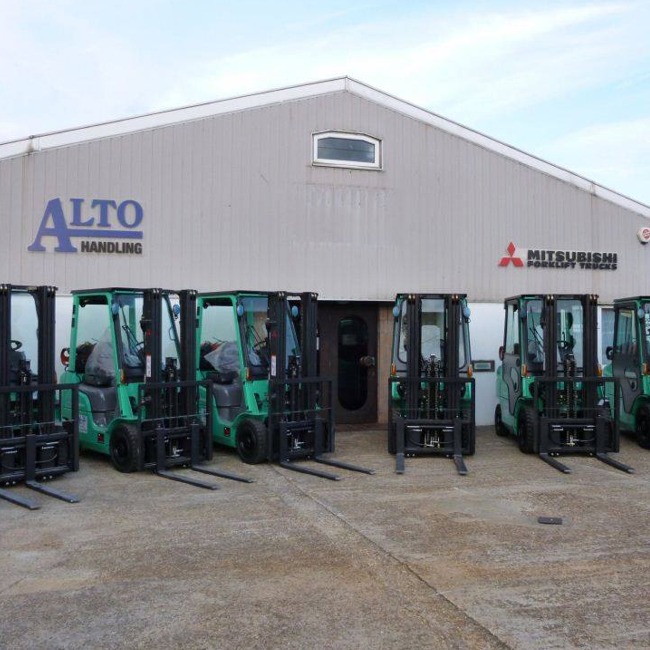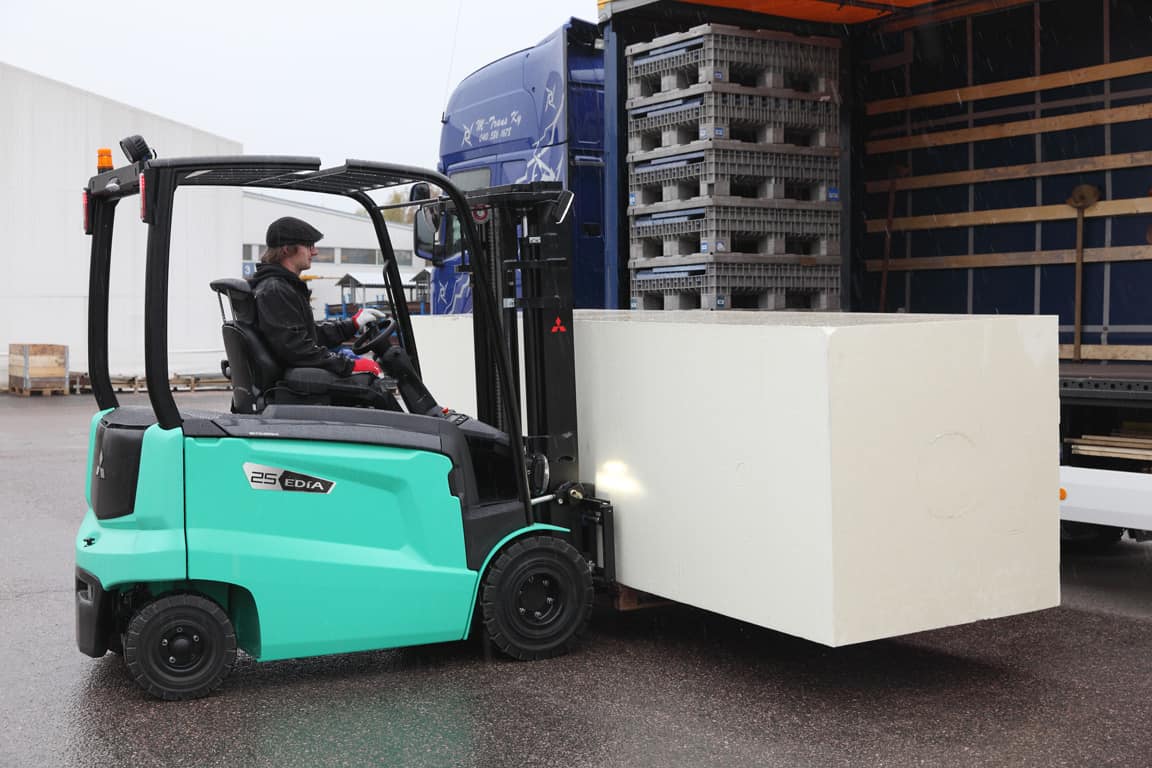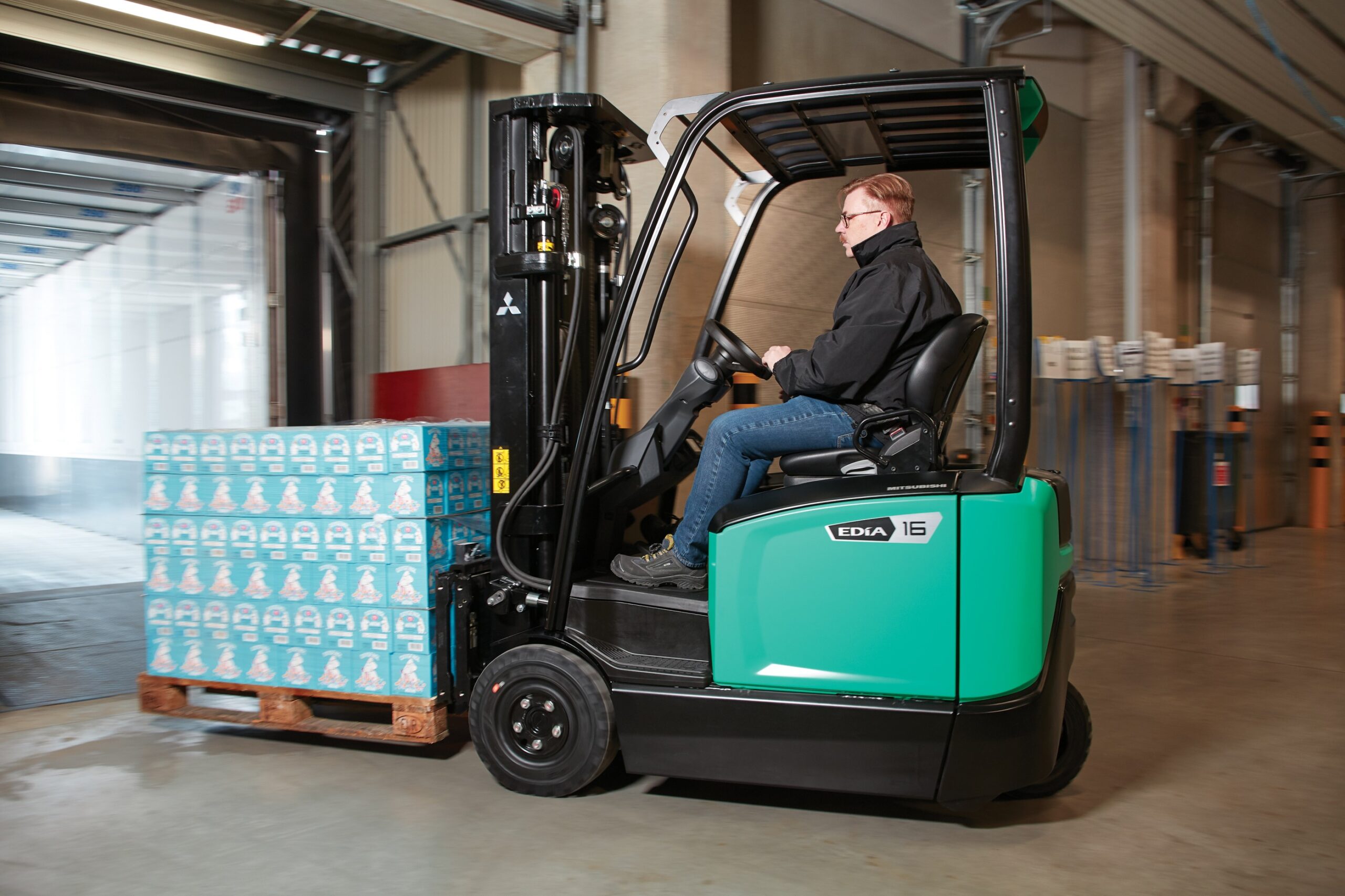Understanding the Different Types of Forklift
Understanding the Different Types of Forklift
If you work in an industry where you have to move goods around a warehouse, it’s good to know what kinds of products are on the market. Forklifts are an invaluable asset to any logistics company, especially when it comes to organising and moving stock or inventory safety.
In this guide, we’ll take you through the different types of forklift and their uses to make it easier for you to decide when you decide to invest in these pieces of machinery.
Introduction
Forklifts are used to move large quantities of goods around a warehouse or large storage unit. They are an essential piece of machinery that allows workers to move items safely and efficiently.
Forklifts are also needed to ensure that goods are stored and stacked optimally. They can facilitate stock being stored at height and also make the given inventory easy to retrieve when needed. Different types of forklift have different functions to make warehouse operations much easier.
Why Choosing the Right Forklift Matters
Different types of forklift have different functions; therefore, it’s vital that you have the right one and use it correctly. Understanding forklifts’ different functions is essential for operating them safely and for ensuring that you get the most out of the machinery you decide to purchase. If a forklift is used incorrectly, it may damage the forklift or cause harm to the workers who operate it.
For this reason, it’s important to fully understand what function you need a forklift to perform and to choose the correct product accordingly. Let’s delve into the various types of forklift and their functions. By the end of this guide, you should have a better understanding of the type of forklift you will need.
The Various Types of Forklift
Forklifts come in all shapes and sizes and perform different functions. The types of forklift include the following.
Counterbalance Forklifts
Counterbalance forklifts operate using the principles of balance, where the forklift has to counterbalance the weight of the load it carries. This is done by loading another weight onto the back of the forklift. These kinds of forklifts are ideal when space is not too important. However some counterbalanced trucks can work in smaller areas, such as the three-wheeled version which has a small turning circle, ideal for more confined loading zones.
The counterbalance forklift is usually used to transport goods on pallets as the forklift does not have a front therefore, it can go right up to the load. It’s therefore ideal for more fragile goods too.
Benefits: Easy to use, good manoeuvrability, high load capacity, excellent stability.
Reach Trucks
Reach trucks are brilliant for reaching stock that is stored at height. These pieces of kit have stabilising legs with forks that extend forward to load pallets. These forklifts are ideal for indoor warehouses. They do not have good clearance at the bottom therefore, they are not suitable for outdoor spaces.
Benefits: Can manoeuvre in narrow spaces like aisles, extended lift height.
Powered Pallet Trucks
Powered pallet trucks are ideal for anyone who wants to move small loads horizontally only.. They are easy to manoeuvre and can take large loads up to 2500kg, they are good for anyone who needs to move a load from one location to the next.
Benefits: Cheap to rent, easy to operate, easy to store.
Order Pickers
If you work in a warehouse that handles customer goods, an order picker is an absolute must-have for your fleet. Order pickers can reach up to 16m. An operator working at height, near to pallets, can retrieve single items to assemble customer orders.
Benefits: Do not require pallet handling, able to reach stock at height, can handle various pieces of inventory.
Sideloaders
Side-loading forklifts are usually used in warehouses or outside, they are designed to handle very long loads safely and critically in a very space efficient manner. They are adept at manoeuvring between block stacked loads, cantilever racking or between vehicles.
Side-loading forklifts allow the machine operator to stand side-on as they drive the forklift down alleyways of storage units. These are usually used in steel factories and warehouses or other facilities that require the handling of heavy loads. They are also used to lift more bulky or oversized items like timber logs or pipes.
Benefits: They can operate down narrow aisles, they are very secure, minimising any damage to stock items, and they provide excellent visibility for the operator.
Telehandlers
Telehandlers are ideal for anyone running an outdoor operation, as they usually come with tires that can handle different types of terrain. This equipment is good for construction sites as it is designed as a combination of a crane and a forklift with a large extendable arm capable of lifting heavier loads. The typical reach of a telehandler is usually 19 feet, and the movable forks at the end of the arm can get into tighter spaces. They can also load both sides of a lorry from one side, great if the lorry bed has limited side access.
Benefits: Good load capacity of around 3,000kg, versatile use, good for getting into smaller spaces, appropriate for outdoor use.
Rough Terrain Forklifts
Rough terrain forklifts have sturdy, pneumatic tyres that are suitable for more rugged terrain, making them the ideal machine for construction sites and areas with uneven ground. These types also offer improved stability and can therefore handle bigger loads safely, allowing them to be easily transported from point A to point B. These machines are not suitable for indoor use as they require a lot of space in which to operate.
Benefits: Good stability, can be used off-road and on uneven ground, usually have a long lifespan and low maintenance associated with them.
Industrial Forklifts
Industrial forklifts are also known as heavy-duty forklifts and are purpose-built to handle abnormally large loads. While these are usually only necessary for highly specialised applications, industrial forklifts can take loads of up to 16,000 kgs. They also have the capability to reach items at height and are most appropriate outdoor uses too, provided that the ground is relatively even.
Benefits: Incredible load capacity, can reach items at height, usually suitable for outdoor use, good stability thanks to hydraulic levers.
Walkie Stackers
Walkie stackers are a manual type of forklift that is controlled by a standing operator. They do not have a driver’s compartment, instead allowing the operator to walk behind the forklift and load the necessary items. Different from a pallet truck, walkie stackers can reach items above ground level and also take heavier loads.
Benefits: Not a lot of training required, easy to lift light to medium loads, can reach items at height.
Forklift Safety
If you’re planning on renting or purchasing a forklift, your number one priority should be familiarising yourself and your staff with the safety surrounding the use of forklifts. All models come with a comprehensive instruction manual on how to use these pieces of equipment properly, and one should never deviate from these operative steps.
It’s also essential for all operators to be sufficiently trained on properly using these machines. These training courses will teach operators how to drive the specific model of forklift correctly and teaches the best practice in the workplace.
Some general rules are that the suggested loads of the type of forklift should never be exceeded as this may cause an accident harming the operator and possibly anyone else in the facility.
Regular maintenance checks should also be acquired by professional inspectors to ensure that no accidents occur due to machine breakdown. For a similar reason, forklifts should be stored under the specified conditions and locked away for safety when the site is vacant.
Your forklift supplier should be able to advise you on the right safety procedures to follow when operating your specific type of forklift.
Choosing Your Forklift
When looking for the right type of forklift for your specific application, there are several factors you need to take into consideration before deciding on your final purchase or rental. Most importantly, you need to be very clear on what you intend to use the forklift for. Most forklift-related accidents happen in the workplace due to incorrect use. Therefore, it’s vital to know the scope of use for the forklift beforehand.
You should also have a clear budget in mind before deciding on the type of forklift to procure. There are several forklift options available to suit most applications and budgets. Having a figure in mind will also help you to determine whether or not it is financially better to purchase your own forklift or rent one from a supplier.
Anyone who needs a forklift should also make themselves aware of any additional features forklift models have, such as computerised systems, communications, and technology that can help with stock count and inventory. These may make operations easier and save you time and money in the long run. As your forklift supplier about additional features like these when inquiring about forklifts on offer.
Renting vs Buying a Forklift
If you’re in need of a forklift, there you can either rent one or purchase one. Whether your rent or purchase a forklift depends on the project, you require a forklift for as well as your budget.
Renting a forklift can often be more cost-effective than purchasing a forklift as it minimises the upfront costs. When you rent, you will also get guaranteed on-call services from your forklift supplier should anything happen to the vehicle when it is in your possession. There are also options available for industrial operators for long-term leases, where companies can have forklifts for an extended period without having to acquire them as a company asset.
Renting forklifts also means that it is easier to upgrade your equipment, as you are advised to do so at the end of your forklift rental agreement.
Buying a forklift is a good option for those who need forklifts on a regular basis, and those who have the budget to purchase one. Before purchasing, one should be aware that all costs associated with maintaining and repairing the forklift become the responsibility of the owner, therefore, may end up costing more if servicing is required outside of warranty.
Conclusion
There are several types of forklift available on the market for various uses, the suitability of which depends on what you need the equipment for. If you require a forklift, take a look at the forklift options available to rent on the Alto Handling website. We have a wide range of forklift types in our fleet. If you don’t see something suitable for your needs, contact our friendly team and we will happily try to source something more suitable for your application.









